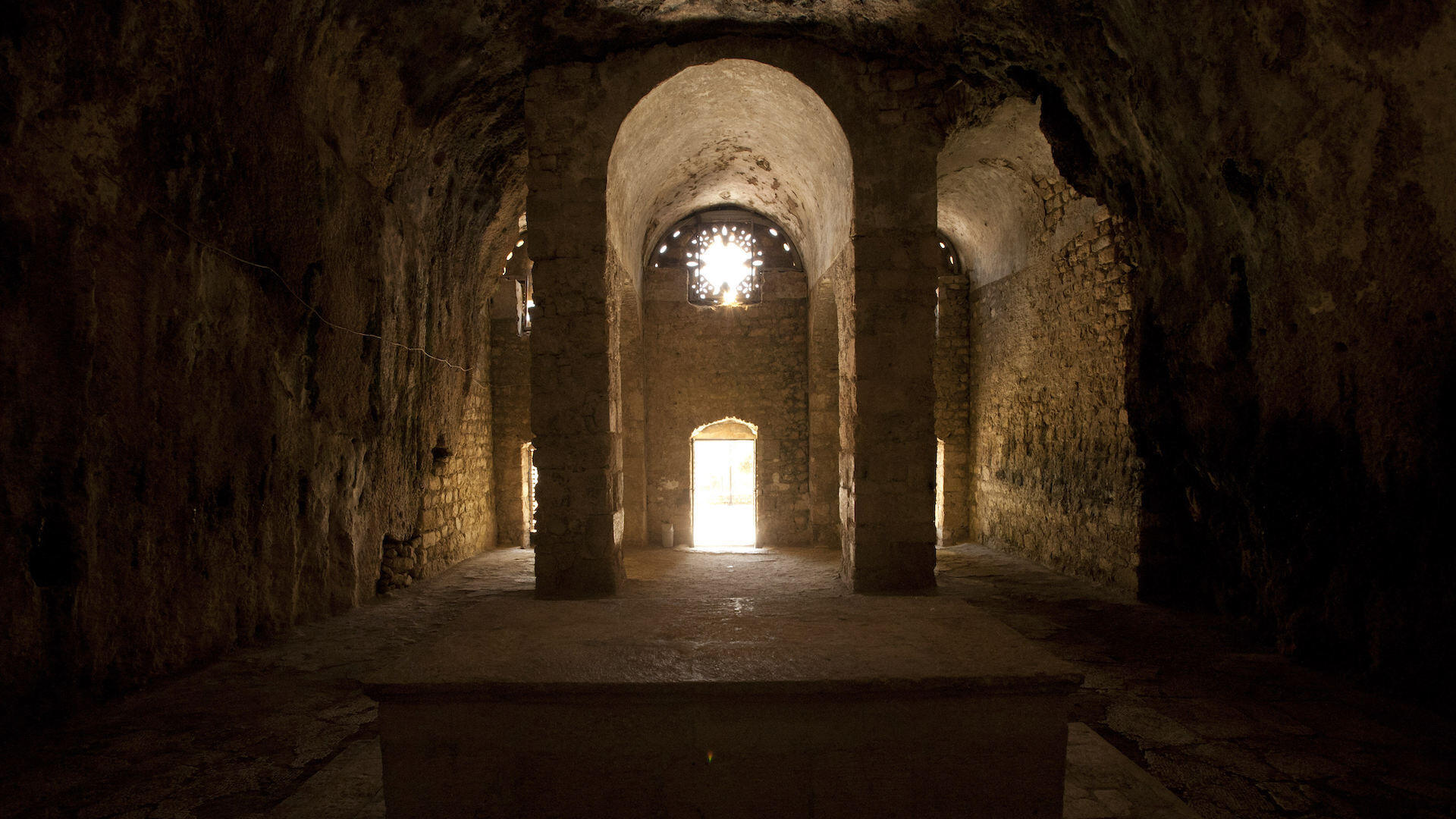
Hafizullah Amin, a name surrounded by intrigue and a controversial legacy. He was a prominent figure in Afghan history, serving as the President of Afghanistan from 1979 until his assassination later that year. Amin’s short-lived rule was marked by tumultuous events, political upheaval, and international intervention.
In this article, we will delve into 15 mind-blowing facts about Hafizullah Amin, shedding light on his rise to power, his policies, and the circumstances that led to his untimely demise. From his involvement in Marxist politics to his controversial decision-making, Amin played a pivotal role in shaping the course of Afghanistan’s history in the late 20th century.
Prepare to be fascinated as we uncover the lesser-known aspects of Hafizullah Amin’s life and presidency, providing a deeper understanding of the man who left an indelible mark on Afghan history.
Key Takeaways:
- Hafizullah Amin’s brief presidency in Afghanistan was marked by oppression, human rights abuses, and a controversial alliance with the Soviet Union, leading to his assassination and the start of the Soviet-Afghan War.
- Amin’s rule left a legacy of turmoil and instability, contributing to the radicalization of opposition groups and the eventual rise of extremist organizations like the Taliban.
Hafizullah Amin was the President of Afghanistan from 1979 to 1979.
Hafizullah Amin is remembered as the President of Afghanistan for a brief period in He came to power through a military coup that overthrew President Noor Mohammad Taraki. However, Amin’s rule was short-lived and marked by controversy and instability.
Amin was a member of the People’s Democratic Party of Afghanistan (PDPA).
Hafizullah Amin was a prominent member of the PDPA, a socialist political party in Afghanistan. He rose through the ranks of the party and eventually became a key figure in the Afghan government.
Amin’s rule was characterized by political purges and human rights abuses.
During his time in power, Amin implemented a brutal regime that involved mass detentions, torture, and executions of political opponents. His authoritarian rule sparked widespread discontent and resistance among the Afghan population.
Amin ordered the execution of his predecessor, President Taraki.
In a move to consolidate his power, Amin ordered the execution of President Noor Mohammad Taraki. This act further fueled the political instability in Afghanistan and intensified opposition to Amin’s leadership.
Amin’s policies led to a significant drop in agricultural production.
Under Amin’s rule, agricultural production in Afghanistan suffered greatly due to his misguided policies. The forced collectivization of land and the persecution of farmers resulted in a decline in food production and widespread famine.
Amin pursued closer ties with the Soviet Union.
Amin sought to strengthen Afghanistan’s relationship with the Soviet Union, a move that further fueled tensions with neighboring countries and the Western world. This alignment would later contribute to the Soviet invasion of Afghanistan in 1979.
Amin’s government faced opposition from various factions, including mujahideen fighters.
The oppressive regime of Hafizullah Amin faced strong opposition from various groups, particularly the mujahideen fighters. These resistance fighters played a significant role in the subsequent Afghan civil war and the eventual downfall of Amin’s government.
Amin was assassinated in a Soviet-led operation.
In December 1979, Amin was assassinated in a Soviet-led operation. This marked the end of his brief and controversial reign as the President of Afghanistan.
Amin’s death paved the way for the Soviet invasion of Afghanistan.
The assassination of Hafizullah Amin set the stage for the Soviet invasion of Afghanistan, which lasted for nearly a decade. The invasion had far-reaching consequences for both Afghanistan and the global geopolitical landscape.
Amin’s rise to power was met with skepticism and opposition from the international community.
The international community viewed Amin’s rise to power with suspicion and criticism. His oppressive policies and human rights abuses drew condemnation from nations around the world.
Amin’s regime left a legacy of turmoil and instability in Afghanistan.
The legacy of Hafizullah Amin’s rule is one of chaos and instability. His oppressive tactics and failed policies laid the groundwork for decades of conflict and upheaval in Afghanistan.
Amin’s rule marked the beginning of the Soviet-Afghan War.
The ascension of Hafizullah Amin to power triggered the Soviet-Afghan War, a conflict that dragged on for nine years. The war had devastating consequences for Afghanistan and its people.
Amin’s government was known for its suppression of religious freedoms.
Under Amin’s rule, religious freedoms were severely curtailed. Mosques were closed, religious leaders were persecuted, and the practice of Islam was suppressed, leading to widespread discontent among the Afghan population.
Amin’s policies contributed to the radicalization of opposition groups.
Amin’s oppressive policies and disregard for human rights pushed many Afghans towards radicalized opposition groups. This radicalization would later contribute to the rise of extremist organizations such as the Taliban.
Amin’s reign ended with his death and the collapse of his government.
The death of Hafizullah Amin marked the end of his brief and tumultuous reign as the President of Afghanistan. His government collapsed shortly after his assassination, paving the way for a new chapter in Afghan history.
Conclusion
Hafizullah Amin was a fascinating figure in history, known for his influential role as the President of Afghanistan during the late 1970s. His brief time in power was marked by dramatic changes and complex political maneuvers. From his rise to power to his sudden downfall, Hafizullah Amin left a lasting impact on the country’s history. His policies and actions continue to be the subject of study and analysis, making him a figure of intrigue for historians and political scientists.
FAQs
Q: Who was Hafizullah Amin?
A: Hafizullah Amin was the President of Afghanistan, serving from 1979 until his death later that year.
Q: How did Hafizullah Amin come to power?
A: Hafizullah Amin seized power in a military coup, overthrowing his predecessor, Nur Muhammad Taraki.
Q: What were some of Hafizullah Amin’s policies?
A: Hafizullah Amin implemented a series of radical reforms, including land redistribution and the promotion of education and women’s rights.
Q: What led to Hafizullah Amin’s downfall?
A: Amin’s authoritarian rule and growing opposition from various factions within Afghanistan and the Soviet Union led to his downfall.
Q: How did Hafizullah Amin’s presidency impact Afghanistan?
A: While Amin’s policies aimed to bring about social and economic progress, his authoritarian rule and the violence that ensued during his time in power added to the destabilization of the country.
Q: What is the legacy of Hafizullah Amin?
A: Hafizullah Amin’s legacy is a controversial one, with some viewing him as a progressive leader and others condemning his autocratic rule and the violence associated with his regime.
If you're fascinated by influential figures who shaped history, explore the intriguing facts about Mao Zedong and his role in the Communist Party. For a glimpse into the tensions of the Cold War era, discover the captivating details behind Nike Missile. And if you're curious about Afghanistan's capital city, uncover a wealth of information in our comprehensive collection of facts about Kabul.
Was this page helpful?
Our commitment to delivering trustworthy and engaging content is at the heart of what we do. Each fact on our site is contributed by real users like you, bringing a wealth of diverse insights and information. To ensure the highest standards of accuracy and reliability, our dedicated editors meticulously review each submission. This process guarantees that the facts we share are not only fascinating but also credible. Trust in our commitment to quality and authenticity as you explore and learn with us.


